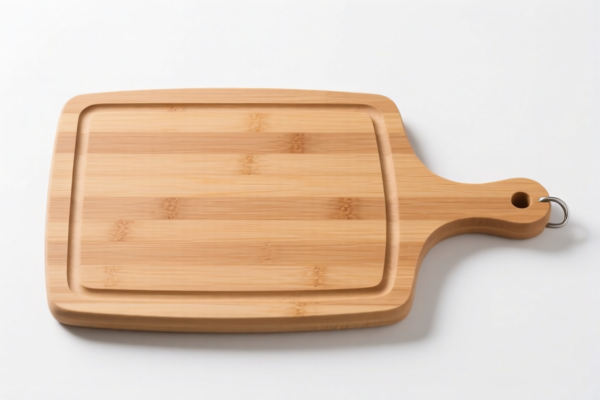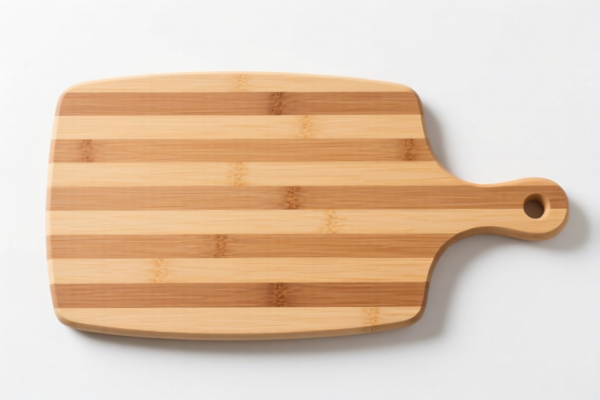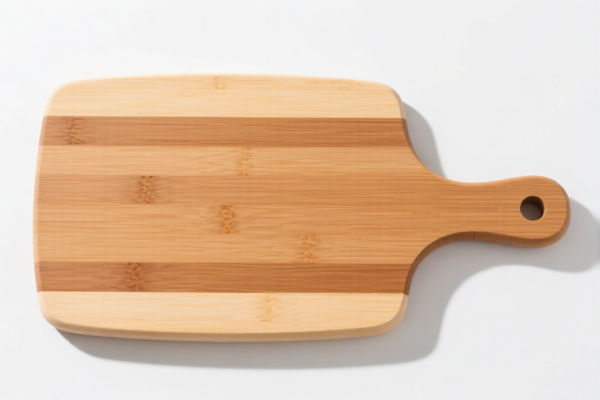| HS Code | Official Doc | Tariff Rate | Origin | Destination | Effective Date |
|---|---|---|---|---|---|
| 4115100000 | Doc | 55.0% | CN | US | 2025-05-12 |
| 4115200000 | Doc | 37.5% | CN | US | 2025-05-12 |
| 9503000090 | Doc | 30.0% | CN | US | 2025-05-12 |
| 9503000071 | Doc | 30.0% | CN | US | 2025-05-12 |
| 4410900000 | Doc | 55.0% | CN | US | 2025-05-12 |
| 4410190060 | Doc | 55.0% | CN | US | 2025-05-12 |
| 4421918800 | Doc | 30.0% | CN | US | 2025-05-12 |
| 4421998800 | Doc | 37.5% | CN | US | 2025-05-12 |
| 3926901000 | Doc | 40.9% | CN | US | 2025-05-12 |
| 3923900080 | Doc | 58.0% | CN | US | 2025-05-12 |




Meat Press Board
A meat press board is a tool used in the preparation of cured meats, pâtés, and terrines to compact and shape the meat mixture during the curing and aging process. It is a fundamental piece of equipment for charcutiers and home cooks alike interested in producing high-quality, dense, and evenly textured meat products.
Material
Traditionally, meat press boards are constructed from hardwoods, such as maple, beech, or oak. These woods are favored for their density, non-porous nature, and lack of significant odor or taste that could impart to the meat. Modern variations may also utilize food-grade plastics, particularly high-density polyethylene (HDPE), offering durability and ease of sanitation. Stainless steel frames are frequently used to provide additional strength and support.
Purpose
The primary purpose of a meat press board is to remove air pockets and excess moisture from the meat mixture. This compaction achieves several key benefits:
- Improved Texture: Compressing the meat results in a denser, more uniform texture, crucial for slicing and presentation.
- Enhanced Flavor Development: Removing air pockets allows for more even distribution of curing salts and spices, promoting consistent flavor throughout the product.
- Reduced Shrinkage: Compaction minimizes shrinkage during curing and aging, resulting in a higher yield.
- Mold Prevention: Reducing air pockets inhibits the growth of undesirable molds and bacteria.
Function
A meat press board functions by applying consistent, even pressure to the meat mixture. This is typically achieved through a system of two boards and a pressing mechanism, such as:
- Screw Press: The most common type, utilizing a threaded screw to gradually apply pressure.
- Lever Press: Employs a lever system for applying force.
- Hydraulic Press: Offers precise and high-force compression, typically used for larger-scale production.
The pressure applied is crucial and varies depending on the type of meat, desired density, and recipe specifications.
Usage Scenarios
Meat press boards are used in a wide range of applications, including:
- Pâté Production: Compacting pâté mixtures to create smooth, even textures.
- Terrine Production: Shaping and compressing terrines for consistent form and density.
- Cured Meat Production: Pressing sausages, salamis, and other cured meats to remove air and improve texture. (e.g., head cheese, liverwurst)
- Galantine Production: Forming and shaping galantines.
- Rillettes Production: Compacting rillettes for a dense, spreadable consistency.
Common Types
- Single-Screw Press: A basic design with a single screw for applying pressure. Suitable for smaller batches.
- Double-Screw Press: Features two screws for more even pressure distribution and greater compression force.
- Adjustable Press: Allows for precise adjustment of pressure based on the specific meat mixture and desired density.
- Frame Press: Utilizes a frame and weighted plate to apply pressure. Simpler design, often used for smaller-scale production.
- Commercial Presses: Large-scale, automated presses used in professional charcuterie facilities.
Based on the provided information, the following HS codes may be relevant to “meat press board”:
- 4410190060: Particle board, oriented strand board (OSB) and similar board (for example, waferboard) of wood or other ligneous materials, whether or not agglomerated with resins or other organic binding substances: Of wood: Other Other. This code covers boards made of wood, used in various applications.
- 4410900000: Particle board, oriented strand board (OSB) and similar board (for example, waferboard) of wood or other ligneous materials, whether or not agglomerated with resins or other organic binding substances: Other. This is a broader category for particle boards not specifically classified elsewhere.
- 4421998800: Other articles of wood: Other: Other: Canoe paddles. While seemingly unrelated, this code falls under “other articles of wood” and could potentially apply if the “meat press board” is considered a specialized wooden article.
Explanation of HS Code Structure (based on provided reference):
The HS code system categorizes products using a hierarchical structure. Here's a breakdown based on the codes above:
- Chapter 44: Covers wood and articles of wood.
- Heading 4410: Specifically refers to particle board, oriented strand board (OSB), and similar boards.
- Subheading 441019: Further specifies boards made of wood.
- Subheading 441090: Covers other particle boards not specifically classified elsewhere.
- Subheading 442199: Covers other articles of wood.
- Subheading 4421998800: Covers other articles of wood, specifically canoe paddles.
Important Considerations:
Regarding HS code 4410190060 and 4410900000, the material composition is crucial. These codes specifically relate to boards made of wood or other ligneous materials. If the “meat press board” contains materials other than wood, a different HS code may be more appropriate.
Customer Reviews
No reviews yet.